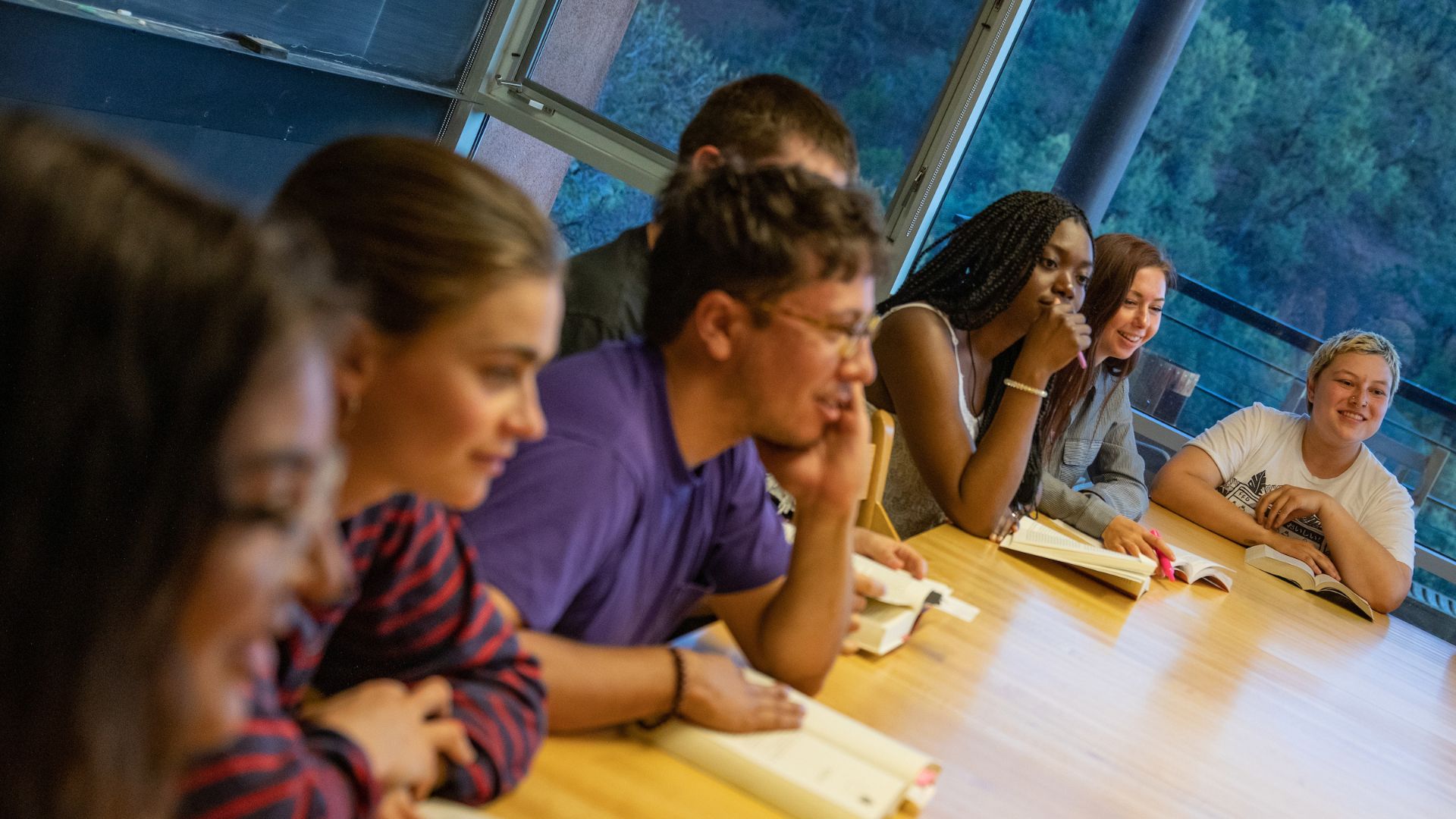Winter Classics Resources for Registered Participants
Online Platform
All seminars will be taking place using the Zoom platform, so please download Zoom prior to your first seminar to ensure a smooth experience.
If you are new to the St. John’s College seminar classroom, we invite you to read this introduction to the seminar method, Learning Through Conversation at St. John’s College. Online seminars at St. John’s are in their essence conducted in the same format as in-person seminars, so please know that although we acknowledge that this document speaks to the in-person format, it is still useful for an online seminar.
The Zoom Guide for Participants contains some technical instructions as well as helpful hints for participating in our St. John’s College panels and seminars hosted on the Zoom platform.
Zoom link information will be sent to registrants on December 20 with a reminder sent one day before your first seminar.
Seminar Text and Course Syllabi
Course syllabi, detailing text editions and day-to-day course discussion outline, will be shared with registered participants via a private Materials Hub.
Seminar text edition information is listed below each seminar description on the Seminar Catalog. For the best personal seminar experience, it is strongly encouraged to use the recommended text edition and translation as listed on the seminar catalog. If your seminar includes provided readings, or course handouts, these items will be shared on the Materials Hub along with the syllabus.
We invite you to visit the St. John’s College Online Bookstore to purchase your seminar edition texts. We understand you have many choices for book purchases and your support is appreciated.
If you register for more than one seminar, texts are provided free of charge. Book distribution for multi-seminar registrants begins in mid-November 2024. Those who qualify will be contacted by email in advance to arrange for shipping. This complimentary service is available only if you register for multiple seminars before December 6, 2024. This deadline ensures that your books will arrive with enough time for you to read them before your first seminar, and also helps to account for unforeseeable shipping delays.
Books purchased directly through the Santa Fe bookstore are only available until December 13, 2024. Books will be shipped by the St. John’s College Bookstore in Santa Fe.
For single-seminar participants, please reach out if obtaining your own text is a hardship.
Learning through Conversation at St. John's College
If you have not participated in classroom events at St. John’s, or even if you have, a few words of introduction may be helpful.
How to Use Zoom
Helpful tips for joining our live panels, seminars, and prerecorded events.




